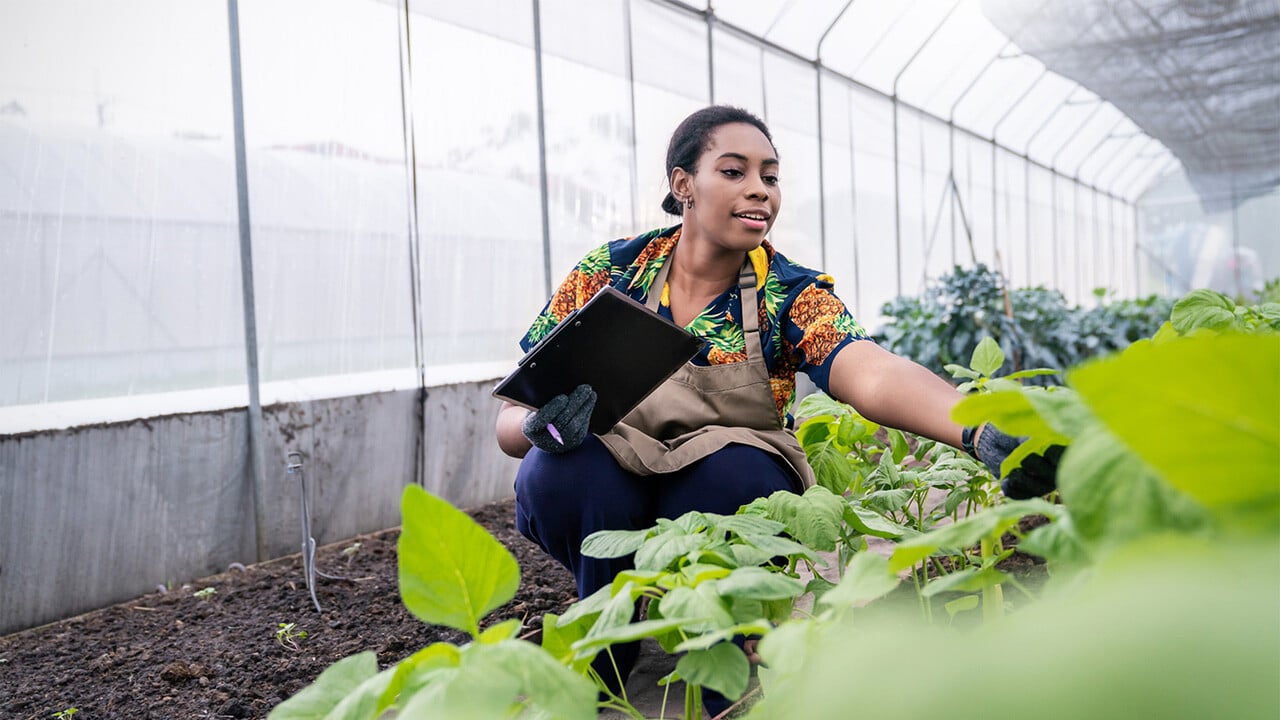The agricultural sector relies quite significantly on smallholder farmers, who produce about a third of the world's food. Despite their importance, these farmers are the most vulnerable in the value chain. They face challenges such as limited access to resources, market information, technology, capital, alongside external threats like climate shocks, market price fluctuations, and persistent poverty. If farmers remain unsupported, it not only deepens the poverty cycle but also threatens global food systems. This leads to increased hunger and food insecurity, further exacerbating socioeconomic inequalities among already vulnerable communities.
Companies sourcing from these farmers have a vital role to play in ensuring their sustainability. But how can they be more effective in their efforts?
The reality is that many companies are still lagging behind when it comes to closing living income gaps with their supply chains. According to the 2023 Food and Agriculture Benchmark report, only 4% of over 2,000 global companies sourcing from around 75 million farmers are taking meaningful steps to close living income gaps. The foundational barrier to progress is a lack of data-driven insights needed to develop tailored interventions that address the specific needs of various farmer segments. Without such insights, companies struggle to implement strategies in procurement and pricing practices that could significantly impact the lives of smallholders. To address these challenges, companies need innovative tools that provide actionable data insights.
How leveraging data is improving smallholder incomes
For companies to be effective in their efforts, integrating data tools is key. The IDH Living Income tools, developed in collaboration with Akvo, provide companies with reliable and actionable insights to bridge the gap between farmers’ current income levels and living income benchmarks. These tools are designed to help companies visualise current income levels, assess gaps, and build tailored strategies that are both impactful and efficient.
The tools allow companies to:
- Gain access to comparable data points and industry benchmarks
- Develop tailored interventions based on real-time, data-driven insights
Companies that integrate these tools in their supply chains and programme design processes can gain a competitive advantage.
For instance, IDH’s Farmfit Program, which ran nearly six years, demonstrates that companies adopting data-informed approaches when engaging smallholders reported significant income gains among farmers. On average, the 17 companies in the Farmfit portfolio saw a 24% increase in service revenues and a 51% median increase in farmer productivity, with over 60% of farmers reporting income growth. This demonstrates that integrating data tools not only improves smallholder livelihoods but also leads to more effective, profitable, and sustainable business outcomes.
Living Income Roadmap and Tools
A practical way for companies to start bridging the living income gap is by using IDH’s Living Income Roadmap. It supports companies in taking ambitious and coordinated actions to close the living income gaps of farming households.
To enhance this effort, IDH worked with Akvo to upgrade the Living Income toolkit with two data-driven decision support tools, the Income Driver Calculator and the Income Measurement Guidance tool. At the core of these tools is the Income Driver Framework, which measures household income based on five key income drivers.

Above: Income Driver Framework
About the Living Income tools:
Income Driver Calculator:
The Income Driver Calculator is a web-based tool that helps companies use aggregate data to assess the size of the living income gap in their supply chains and make data-driven decisions on the most effective strategies. With an intuitive and easy-to-use interface, users can create scenarios to understand the contribution of different income drivers in closing the living income gap, through data analysis and visualisation. The tool also supports companies in defining and monitoring programme specific income targets for different farmer segments.

Income Measurement Guidance Tool
The tool offers companies a streamlined approach for assessing actual household income. It improves resource efficiency in primary data collection by allowing companies to choose between primary and secondary data sources. Based on these choices, users can generate custom primary data collection surveys. Adapted and reviewed from the best of recognised survey methodologies, the IMG standardised data collection methods, ensuring the comparison of data across commodities and regions. It is also available in excel format, including guidance for five commodities (coffee, cotton, tea, spices and bananas) and with plans to include cocoa and palm.

Powered by Akvo
Joining hands with IDH on multiple data and tech initiatives, including the FarmFit Insights Hub, Akvo has been the partner of choice for the ideation and development of the Living Income toolkit. With its strong technical acumen in tool design and development, Akvo has worked closely with IDH to understand stakeholder-specific needs, granularity levels of data, and the overall user experience (UX/UI) requirements for both the IDC and the IMG. This collaboration has resulted in creating a simple and robust user journey on the living income tools, facilitated by extensive knowledge exchanges on data visualisation and strategic requirements from decision makers.
For example, as Mr. Ashok Krishna, Senior Coordinator for Sustainable Livelihoods at Better Cotton Initiative, shares:
"The tool has greatly aided our modelling efforts by allowing us to tweak and assess the effects of different income drivers. It helped us better visualise various scenarios, understand the impact of income drivers on overall income, and conduct sensitivity analysis. We foresee numerous use cases for this tool in the future."
About Akvo
Akvo is a non-profit foundation working to bring data-driven decision making and innovative technology to the development sector. Akvo co-creates data and digital solutions to empower governments, organisations, and NGOs to contribute to impact in the agriculture, water, and climate sectors.
About IDH
IDH seeks to transform markets and enable businesses to create value for people and planet. IDH brings stakeholders together from across global value chains, to innovate and invest in solutions for sustainable and inclusive international trade. In 15 years of operation, IDH has mobilised private sector investment and support for new business models creating better jobs, better incomes, a better environment, and gender equity for all.



